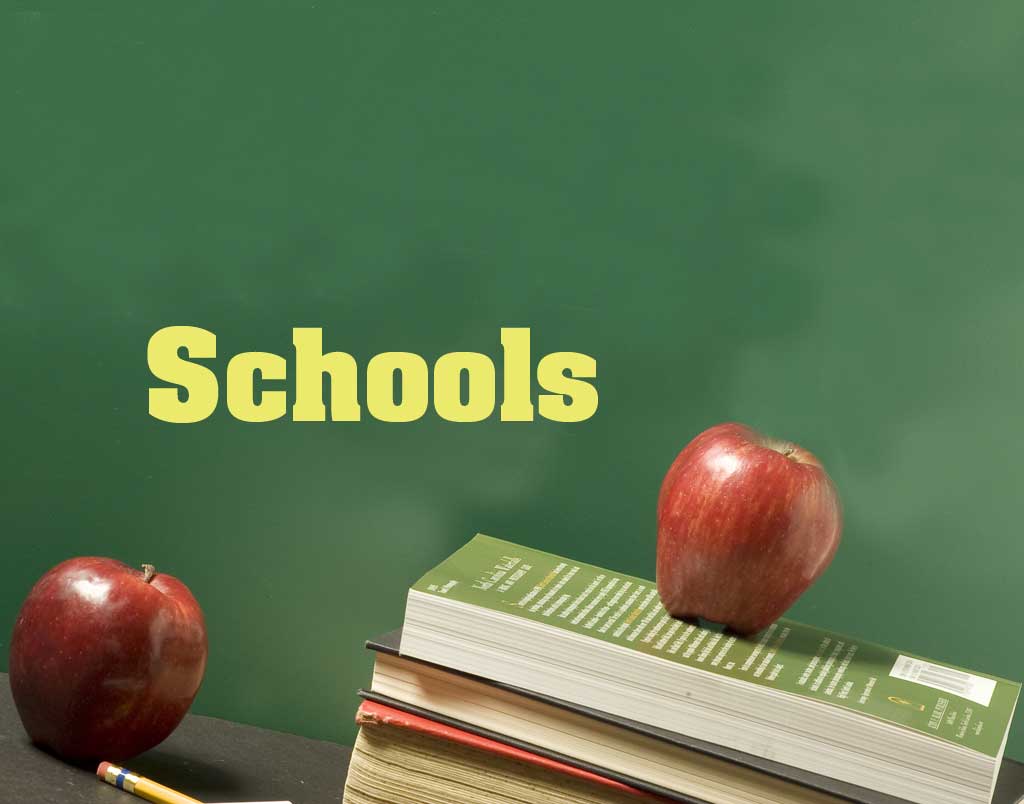MILLSTONE – The Millstone Township K-8 School District Board of Education has introduced a $39.4 million budget that will fund the operation of the district during the 2019-20 school year.
Following a discussion among district administrators and board members, the budget was introduced on March 11. A public hearing is scheduled for April 29. The budget, which may be revised until that time, may be adopted by the board following the public hearing.
The $39.4 million budget will be supported by a tax levy of $32.2 million to be paid by the township’s residential and commercial property owners. Other revenue includes $508,300 from the district’s surplus fund (savings).
The 2018-19 budget had a school tax rate of $1.692 per $100 of assessed valuation and the average home in the township was assessed at $534,657. The owner of that home paid about $9,045 in school taxes.
For 2019-20, the school tax rate will increase to $1.722 per $100 of assessed valuation. The owner of a home that is still assessed at $534,657 will pay about $9,205 in school taxes, an increase of $160.
School taxes are one component of a property owner’s tax bill, which also includes Monmouth County taxes, Millstone Township municipal taxes and other assessments. Individuals pay more or less in taxes depending on the assessed value of their home and property.
In 2018, the $38.7 million budget adopted by the board for the 2018-19 school year was supported by a tax levy of $31.3 million and $5.2 million in state aid.
However, the district’s state aid allocation changed following negotiations between Gov. Phil Murphy and leaders in the state Legislature which resulted in a bill that trimmed the district’s state aid to $4.7 million, a decrease of $255,316.
For 2019-20, the district will receive $4.5 million in state aid, a decrease of $236,100 from the current school year. Millstone is projected to lose a total of $2.1 million in state aid under the new funding formula through 2024-25, according to district administrators.
“While preparing the budget is always a very involved process, this year was especially challenging,” Superintendent of Schools Christopher Huss said. “For the second year in a row, we suffered a a significant loss of state aid, while expenses such as building operations, special education services, healthcare coverage and out-of-district tuition continue to rise. The funding formula created by the state (known as S-2) appears to ignore these factors, among many others, while over-relying on enrollment data and previous years’ property taxes.

